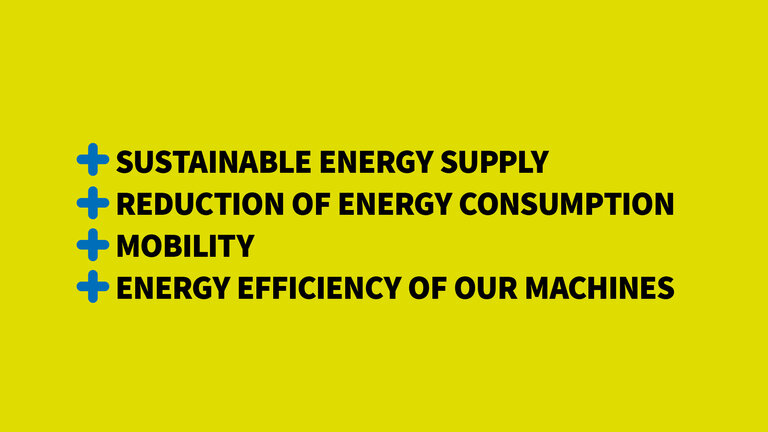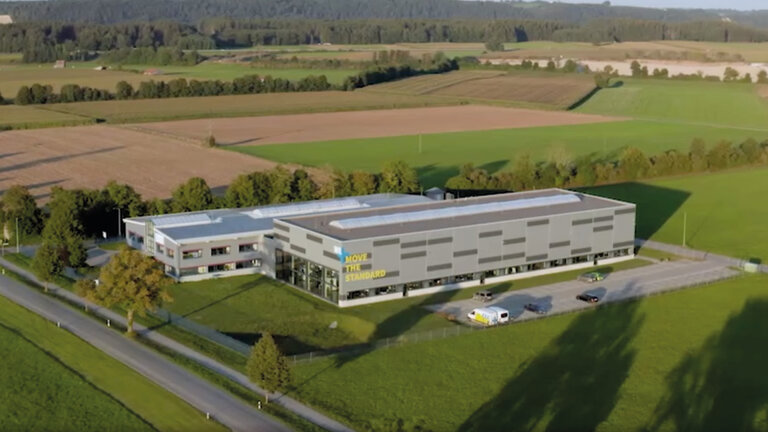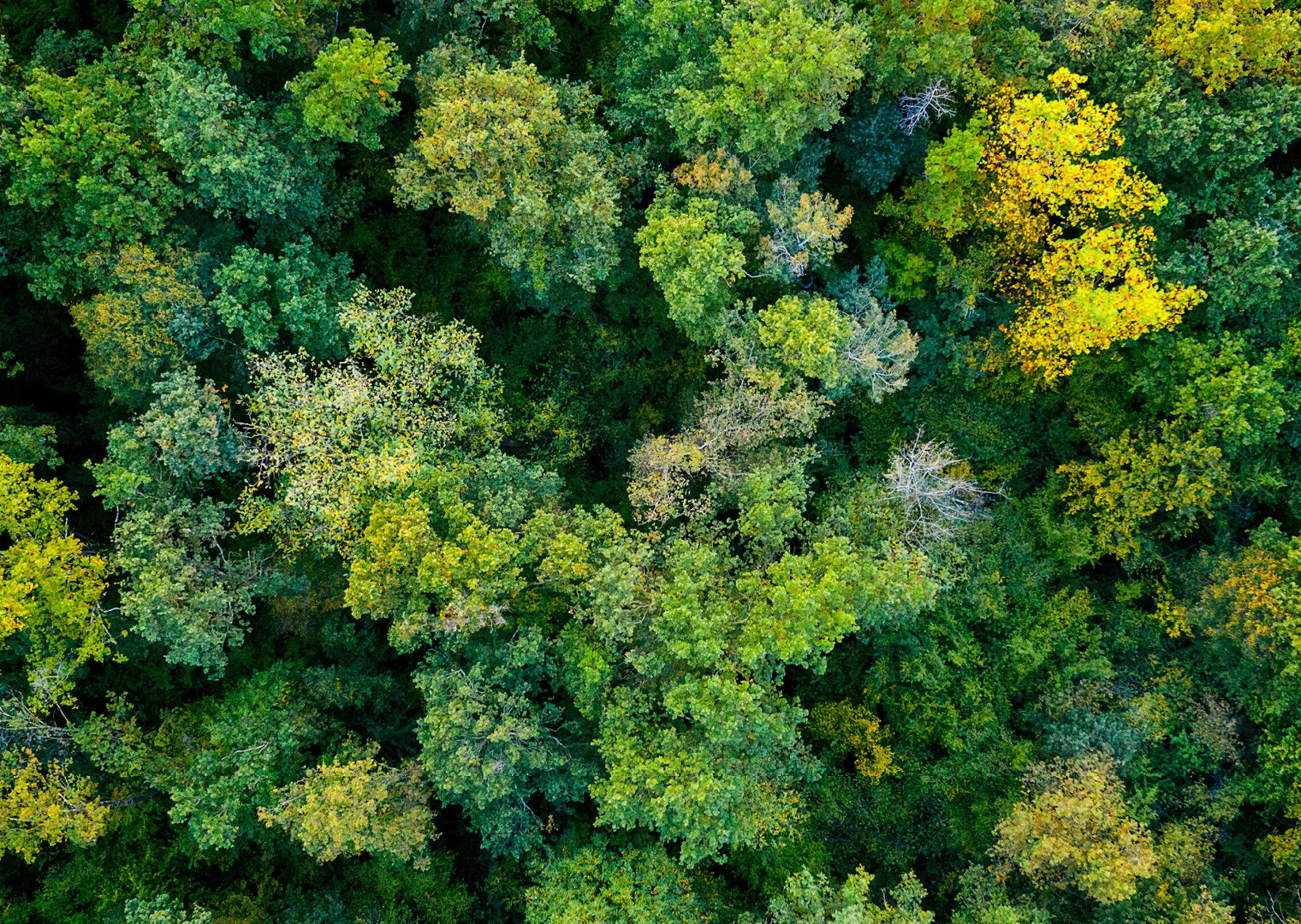
In times of sustainability
The best environmental protection comes from one’s own initiative. Our salesman Benjamin Haugg is a committed environmentalist and campaigns for the preservation of fish habitats outside our company gates. His commitment is infectious: In the meantime, Schuster Maschinenbau also supports his ambitious project "Habitat Lech".
When he was five, his father took him to the river. They would barbecue together, stay quiet until a fish took a bite - and even spend the night by the river. "I spent great hours in nature," Benjamin Haugg enthuses, looking back on his childhood and youth in the foothills of the Bavarian Alps. They shook fat cockchafers off the tree. Today, they no longer exist. The discovered fire salamanders. Watched giant mayflies do their nuptial dance above the water - even they are becoming fewer and fewer. Brown trout and barbel were the typical leading fish in Bavaria at that time. Today they are absent. But even grayling hardly ever drift in the waters of the Lech.

In 2015, we invested in a photovoltaic system installed on the roof of the existing building. The 300 kWp system supplies the company with 40% of its energy needs throughout the year, and even up to 90% in the months from April to October, so that we largely produce our own required electricity in the summer months. This works particularly well because we do not produce in night shifts - as is perhaps common in the industry - but only use the electricity during the day. By the time it pays for itself within ten years, the aim is to save three million tons of CO2 through self-production. We are currently examining whether we can also equip our new 2,000-square-meter building with a photovoltaic system.
"We would like to do more. So far, we are saving more in small ways, for example by disposing paper and wood waste separately on site and using reusable boxes whenever possible in logistics," says Frank Hainz, our Head of Purchasing, who is particularly concerned about potential savings in the company when it comes to LED lighting. The new LED light strips under the ceiling in the old production hall and in the office not only provide pleasant light, but also save 50% more energy. A total of almost 100 luminaires have been retrofitted. Further sustainable measures are being planned.
In terms of mobility, we also support our employees in reducing their CO2 emissions on the way to us. We have switched to hybrid vehicles for our vehicle fleet. We are also planning charging stations that will be powered by the roof's PV system so that employees and customers can charge their cars at our site. At the same time, we support resource-saving mobility by offering (electric) job bikes.

Optimize energy efficiency of Schuster plants
Electric motor-driven systems account for 70 percent of energy consumption in Germany's industry. Where can we be more sustainable and innovative in our products? Design manager Peter Löffler provides interesting insights into how we optimize our machines in terms of consumption so that we can improve energy efficiency in all operations: "The drives are the main energy wasters. That means we try to make them only as big as necessary." To do this, we use special motors in different qualities, such as EC drives with regenerative braking, in which the energy from a drive is fed back and reused.
Spindles that have to run for a long time to cool down - in the past, sometimes all night long - are also major energy guzzlers. Thanks to innovative sealing air shut-off, the drive is switched off automatically when the machine is cold - and not manually the next morning. A standard that we offer our customers as an option and an investment that initially costs more money but pays off over time.
Together with our building component manufacturers, we also work on energy-efficient solutions for their customers.
"What is technically possible at the moment in terms of savings potential, we do - more is not possible so far," Peter Löffler confirms again the commitment to more sustainability in our production.












